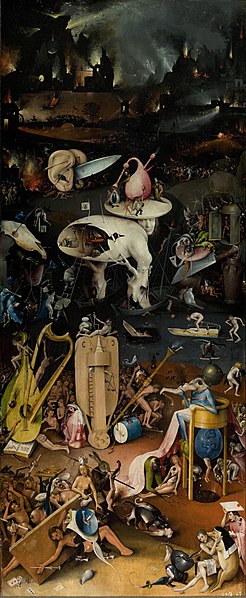Adriaen Isenbrandt or Adriaen Ysenbrandt was a painter in Bruges, in the final years of Early Netherlandish painting, and the first of the Dutch and Flemish Renaissance painting of the Northern Renaissance. Documentary evidence suggests he was a significant and successful artist of his period, even though no specific works by his hand are clearly documented. Art historians have conjectured that he operated a large workshop specializing in religious subjects and devotional paintings, which were executed in a conservative style in the tradition of the Early Netherlandish painting of the previous century. By his time, the new booming economy of Antwerp had made this the centre of painting in the Low Countries, but the previous centre of Bruges retained considerable prestige.
One of many versions of the Rest on the Flight into Egypt attributed to Isenbrandt or his workshop. Alte Pinakothek, Munich; Wood, 49,4 × 34 cm
The Mass of Saint Gregory the Great (about 1510–1550), oil on panel, 362 × 292 mm (14.3 × 11.5 in), J. Paul Getty Museum
The Magdalen in a Landscape, c. 1510–1525.
Christ Crowned with Thorns (Ecce Homo), and the Mourning Virgin,1530s, The Metropolitan Museum of Art
Dutch and Flemish Renaissance painting
Dutch and Flemish Renaissance painting represents the 16th-century response to Italian Renaissance art in the Low Countries, as well as many continuities with the preceding Early Netherlandish painting. The period spans from the Antwerp Mannerists and Hieronymus Bosch at the start of the 16th century to the late Northern Mannerists such as Hendrik Goltzius and Joachim Wtewael at the end. Artists drew on both the recent innovations of Italian painting and the local traditions of the Early Netherlandish artists.
The Fall of Icarus, now considered a copy of Pieter Bruegel the Elder
Hell, the right panel from the triptych The Garden of Earthly Delights by Hieronymus Bosch
Cornelis Aerentsz van der Dussen by Jan van Scorel (c. 1535) Panel, Weiss Gallery, London







